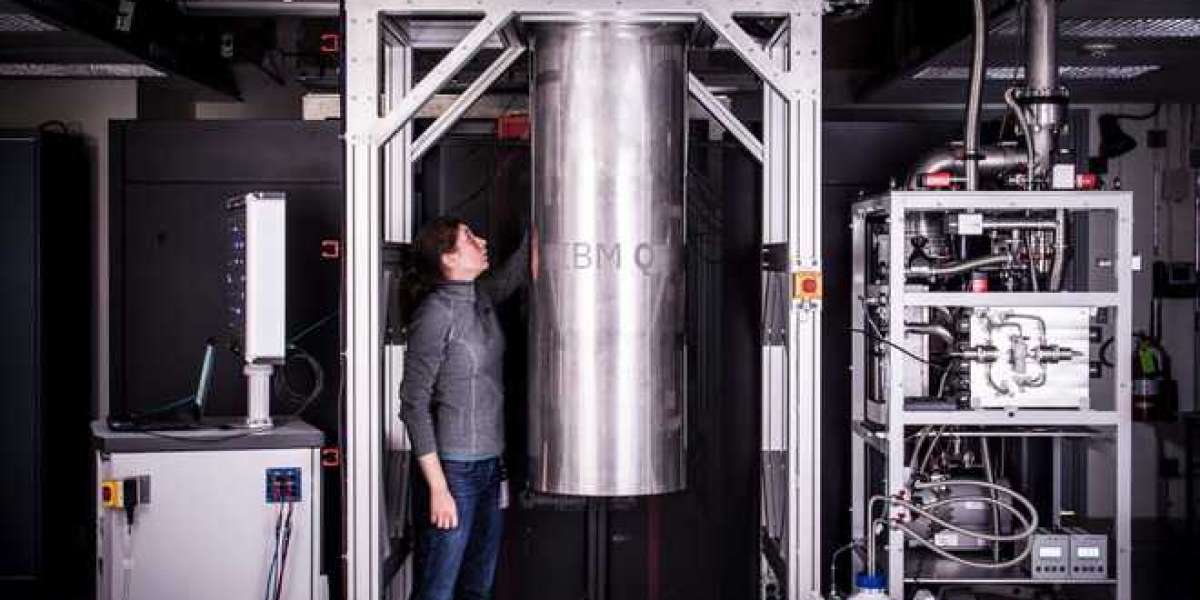In the realm of SAP (Systems, Applications, and Products in Data Processing), the Bill of Materials (BOM) stands as a fundamental component, pivotal in orchestrating the intricacies of manufacturing processes. Embedded within the vast architecture of SAP, the BOM plays a crucial role in defining the structure of a product, outlining its components, and guiding the production process. In this comprehensive guide, we delve into the significance of the Bill of Materials in SAP, elucidating its functionalities, importance, and implications across various industries.
What is a Bill of Materials (BOM) in SAP?
A Bill of Materials, often abbreviated as BOM, is a hierarchical representation of components, assemblies, and sub-assemblies that constitute a finished product. In SAP, the BOM serves as a cornerstone for production planning, enabling organizations to streamline manufacturing operations, manage resources efficiently, and ensure product quality and consistency. It encompasses detailed information about each component, including its quantity, unit of measure, and relationships with other components within the assembly.
Enquiry Now: https://connectingdotserp.in/#enquiry
For Demo Call Us: 9004002958 |9004001938
Key Components of BOM in SAP
The BOM structure in SAP comprises several key components, each serving a distinct purpose in the manufacturing process:
- Header: At the top level of the BOM hierarchy lies the header, which provides essential information about the finished product, such as its name, description, and material number. The header serves as a reference point for navigating through the BOM structure and understanding the overarching product configuration.
- Items/Components: Beneath the header, the BOM consists of individual items or components that make up the product. These components can range from raw materials and sub-assemblies to semi-finished goods, each contributing to the final product's composition. For each item, the BOM specifies details such as quantity, unit of measure, and procurement type, facilitating accurate resource planning and procurement.
- Relationships: One of the critical aspects of BOM management in SAP is defining relationships between components within the assembly. These relationships delineate how components are interconnected, specifying hierarchical dependencies and assembly sequences. By establishing clear relationships, organizations can ensure optimal production flow and avoid bottlenecks or inconsistencies in the manufacturing process.
- Variants: In SAP, BOMs can accommodate variants to account for product customization or configuration options. Variants allow organizations to define different versions of a BOM based on specific criteria such as size, color, or features. This flexibility enables mass customization and empowers organizations to cater to diverse customer requirements without creating separate BOMs for each variant.
- Alternative BOMs: Additionally, SAP supports the concept of alternative BOMs, which provide alternative configurations or compositions for the same product. Alternative BOMs offer flexibility in production planning and allow organizations to adapt to changing market demands or resource constraints seamlessly.
Visit Us: https://connectingdotserp.in/#enquiry
For Demo Call Us: 9004002958 |9004001938
Importance of BOM in SAP
The Bill of Materials holds paramount importance in SAP across various functional areas and industries:
- Production Planning: In the realm of production planning, the BOM serves as a blueprint for orchestrating manufacturing processes. By delineating the components and their relationships, the BOM enables planners to schedule production activities, allocate resources effectively, and optimize production efficiency.
- Inventory Management: Effective inventory management hinges on accurate BOMs that reflect the components required for production. By maintaining up-to-date BOMs in SAP, organizations can ensure adequate stock levels for each component, prevent stockouts or overstock situations, and minimize inventory holding costs.
- Cost Estimation: BOMs play a pivotal role in cost estimation and product pricing. By aggregating the costs of individual components specified in the BOM, organizations can derive the total cost of production and establish competitive pricing strategies. Accurate cost estimation facilitates informed decision-making and ensures profitability across the product lifecycle.
- Quality Management: The BOM serves as a foundation for ensuring product quality and compliance with regulatory standards. By specifying component details and quality requirements, organizations can enforce quality control measures throughout the production process, mitigate risks of defects or non-compliance, and uphold customer satisfaction and brand reputation.
- Product Lifecycle Management (PLM): Throughout the product lifecycle, from design to end-of-life, the BOM remains central to product data management and revision control. SAP facilitates versioning and revision tracking for BOMs, enabling organizations to manage changes effectively, maintain data integrity, and support continuous improvement initiatives.
SAP Courses and Training for BOM Management
To harness the full potential of Bill of Materials management in SAP, organizations and individuals can benefit from specialized SAP courses and training programs. These courses offer comprehensive insights into SAP's BOM functionalities, covering topics such as BOM creation, maintenance, optimization, and integration with other SAP modules. Participants gain hands-on experience through practical exercises, case studies, and simulations, equipping them with the skills and knowledge to navigate complex BOM scenarios effectively.
Aspiring SAP professionals seeking to enhance their expertise in BOM management can explore various SAP courses and classes offered by reputable training institutes. These courses cater to diverse skill levels, from introductory courses for beginners to advanced certification programs for experienced professionals. By enrolling in the best SAP course tailored to their career goals and aspirations, individuals can unlock new opportunities, advance their careers, and become proficient in leveraging BOMs to drive operational excellence and business success.
Conclusion
In conclusion, the Bill of Materials stands as a cornerstone of manufacturing operations in SAP, offering a structured framework for defining product compositions, orchestrating production processes, and optimizing resource utilization. As organizations strive for operational efficiency, product innovation, and competitive advantage, mastering BOM management in SAP emerges as a strategic imperative. By understanding the significance of BOMs, harnessing SAP's capabilities, and investing in specialized training, organizations and professionals can unlock the full potential of SAP's BOM functionalities, driving sustainable growth and prosperity in the dynamic landscape of modern manufacturing.









